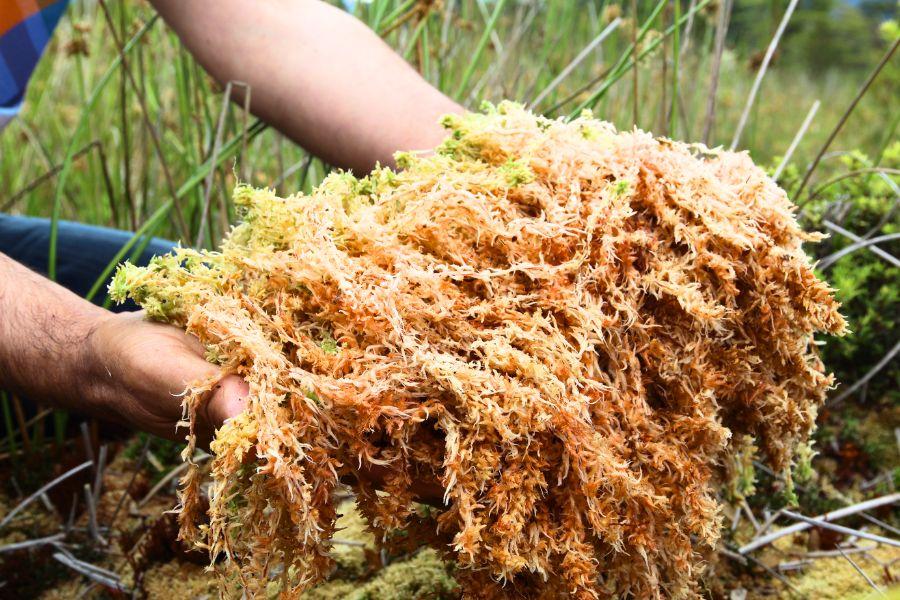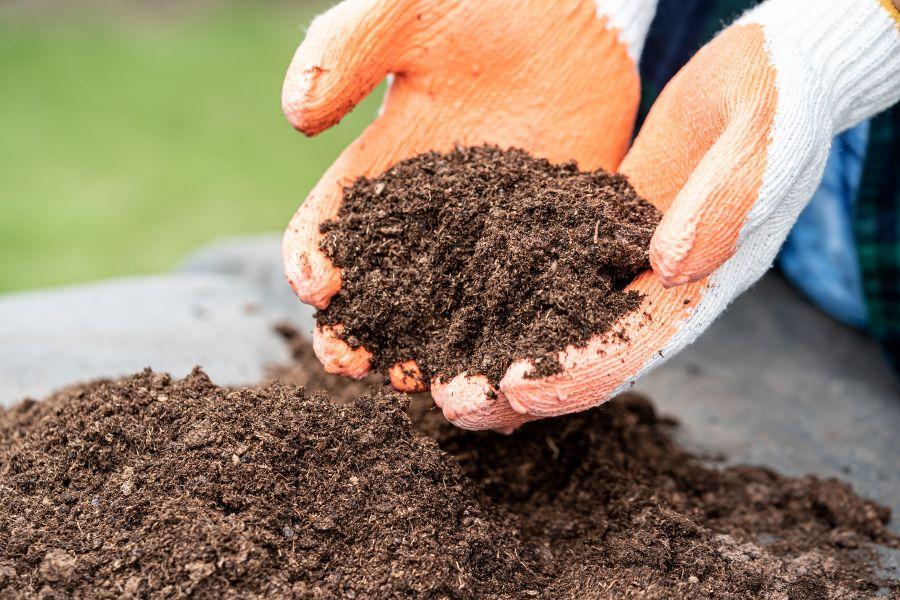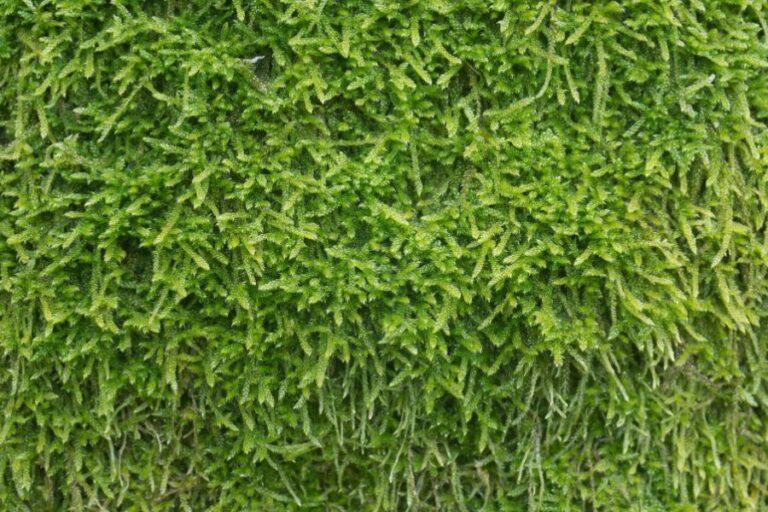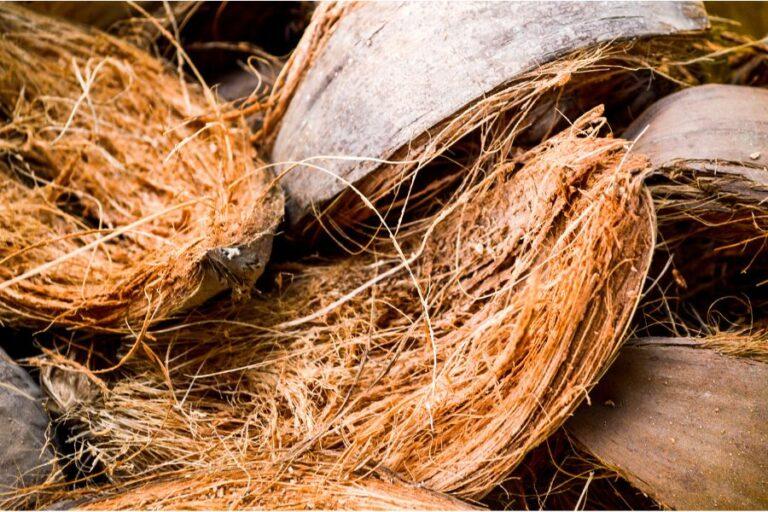Sphagnum moss
Sphagnum moss, renowned for its unique characteristics, thrives in wetlands and bogs. Its distinct properties set it apart in the world of mosses, and understanding its natural habitat is key to appreciating its value. Sphagnum moss is not to be confused however with Sphagnum peat moss, which is the decayed version of the (typically) long fibred moss we’ve grown to know and love.


When it comes to using sphagnum moss as a moss pole medium, its unique properties can greatly benefit climbing and vining plants. Here’s how:
1. Moisture Retention: Sphagnum moss is renowned for its exceptional water-holding capacity. When used as a medium for moss poles, it keeps the environment around the plant consistently moist. This is particularly advantageous for plants that require high humidity levels, like Monstera, Philodendron, and Hoyas.
2. Aiding Aerial Root Growth: Climbing plants often develop aerial roots to support themselves as they reach for sunlight and grow upward. Sphagnum moss provides an ideal substrate for these roots to cling to and grow into. As the plant’s roots penetrate the moist sphagnum moss, they find stability and a reliable source of moisture, promoting healthy aerial root development.
3. Enhanced Root Growth: Beyond supporting aerial roots, sphagnum moss fosters overall root health. It creates a favorable microclimate around the plant, allowing roots to access moisture and nutrients effectively. This improved root growth translates to healthier and more vigorous plants.
4. Improved Aeration around Roots: Sphagnum moss is valued for its ability to improve aeration. When used in moss poles, it helps maintain proper air circulation around the plant’s aerial roots, preventing compaction. A well-aerated medium is essential for root health and supporting your plant’s upward trajectory.
5. pH Balance: Sphagnum moss offers an additional advantage through its pH balance. It falls within the ideal pH range of 5.5 to 6.0, which is slightly acidic. This acidity promotes optimal nutrient uptake for many plants, particularly those that thrive in acidic conditions. By using sphagnum moss as a medium for moss poles, you’re creating an environment that ensures your plant can access essential nutrients effectively.
Hypnum moss
Hypnum moss, often referred to as “sheet moss” due to its flat and overlapping growth pattern, is a versatile choice for creating moss poles. Understanding its characteristics and natural habitat sheds light on its suitability as a medium for nurturing your climbing and vining plants. Unlike Sphagnum moss, which is renowned for its water retention, Hypnum moss has distinct qualities that make it a valuable choice for moss poles.
In its natural habitat, you can find Hypnum moss carpeting the forest floor, rocks, and even logs. This hardy moss thrives in shaded, woodland areas, making it a perfect candidate for moss pole construction.

1. Moderate Moisture Retention: While Hypnum moss doesn’t possess the same water-holding capacity as Sphagnum moss, it provides an adequate level of moisture retention for climbing plants. This makes it suitable for species like Philodendron, Syngonium, and various ferns that appreciate consistent but not overly wet conditions.
2. Natural Appearance: Hypnum moss’s flat, fern-like fronds create an appealing visual texture on moss poles. Its earthy green color complements a wide range of houseplants and adds a natural, woodland vibe to your indoor jungle.
3. Adequate Support for Aerial Roots: Just like Sphagnum moss, Hypnum moss aids in the development of aerial roots. Climbing plants utilise these roots to anchor themselves and gather moisture and nutrients from the environment. Hypnum moss provides a suitable substrate for these roots to cling to, fostering their growth.
4. Optimal pH Balance: Hypnum moss maintains a pH level of around 7.0, which is neutral. This pH balance is suitable for a broad range of houseplants, ensuring they can access essential nutrients effectively.
5. Gentle Fertilisation for Aerial Roots: Another unique feature of Hypnum moss is its ability to provide gentle fertilization to aerial roots. As this moss naturally breaks down over time, it releases nutrients that can be absorbed by the plant’s roots, contributing to healthy growth.
Coconut husk (Coir)
Coconut husk fiber, commonly known as coir, is a sustainable and natural choice for creating moss poles. Its unique properties and ecological benefits make it an interesting alternative to traditional mosses. Understanding coir’s characteristics and origins provides valuable insights into its role as a medium for nurturing climbing and vining plants.
Coir is derived from the husk of coconuts, a renewable resource. This fibrous material is often used in various horticultural applications due to its rustic look and environmentally friendly nature.

1. Sustainability: Coir is a renewable resource, and its production has minimal environmental impact. By choosing coir as a moss pole medium, you’re making an eco-conscious decision that aligns with sustainable gardening practices.
2. Adequate Support for Aerial Roots: Climbing plants rely on aerial roots to anchor themselves and gather moisture and nutrients. Coir provides an ideal substrate for these roots to cling to and grow into, promoting healthy aerial root development.
3. Neutral pH Balance: Coir typically maintains a near-neutral pH level, which is suitable for a wide range of houseplants. This ensures that your plants can access essential nutrients efficiently.
4. Excellent Aeration: Coir’s fibrous structure enhances aeration, preventing compaction around your plant’s aerial roots. This improved air circulation contributes to overall root health and supports vigorous growth.
5. Biodegradability: Coir naturally breaks down over time, releasing essential nutrients into the soil. This gradual decomposition provides a gentle and sustainable source of fertilisation for your plants, but may result in moss poles that are less likely to stand the test of time.
1. Sphagnum Moss: This medium is renowned for its exceptional moisture retention, which is crucial for plants requiring high humidity levels. It also supports healthy aerial root growth, enhances overall root development, improves aeration, and provides an ideal pH range for nutrient uptake.
2. Hypnum Moss: Hypnum moss is versatile and known for its aesthetic appeal. It also offers good moisture retention and root support, making it a suitable choice for various plants.
3. Coconut Coir (Husk): Coir is valued for its sustainability and environmentally friendly qualities. However, it may not retain moisture as effectively as sphagnum moss or offer the same level of pH balance.
While each medium has its merits, sphagnum moss stands out as the preferred choice for moss pole mediums due to its exceptional moisture-holding capacity, which is vital for maintaining a consistently humid environment around your plants. This moisture retention, combined with its numerous other benefits, makes sphagnum moss the top pick for nurturing thriving climbing and vining plants.


